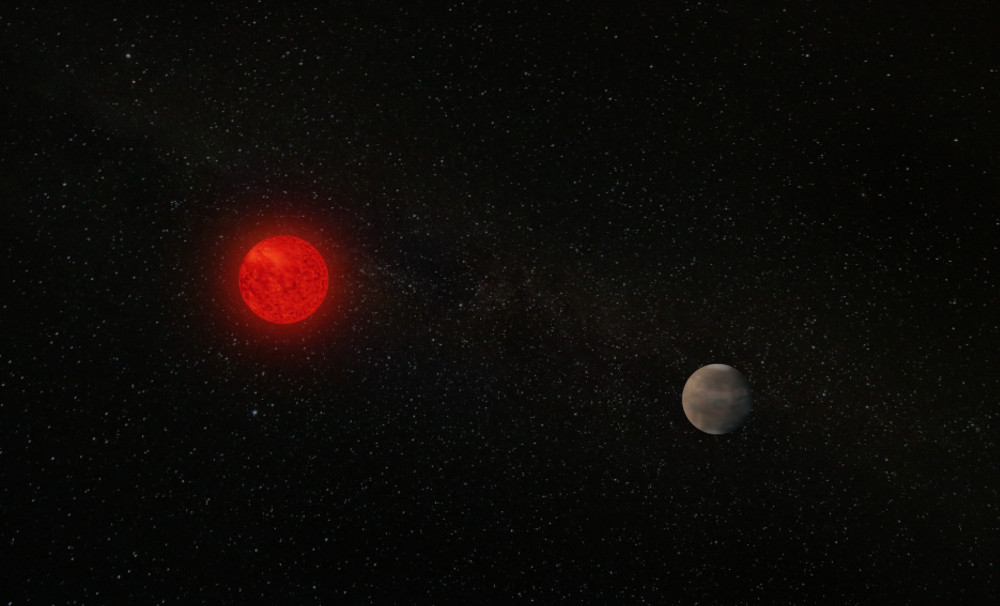India’s engagement with the cosmos is a tapestry woven with ancient wisdom and modern scientific achievements. From the meticulous observations of ancient sages to the groundbreaking discoveries of contemporary astronomers, India’s contributions to space science and astronomy are profound and enduring. A recent milestone in this illustrious journey is the discovery of the exoplanet TOI-6651b by the Physical Research Laboratory (PRL) in Ahmedabad. This article explores India’s rich astronomical heritage and its ongoing quest to unravel the mysteries of the universe.
Table of Contents
Ancient India’s Astronomical Heritage
India’s fascination with the cosmos is as old as civilization itself. Ancient Indian astronomers, or Rishis, meticulously observed celestial bodies, charting their movements and predicting celestial events with remarkable accuracy. Their profound knowledge of astronomy is evident in ancient texts like the Vedas and the Vedangas, which contain intricate details about planetary motions, eclipses, and the cosmic order.
A Glimpse into the Ancient Past: The Rig Veda, one of the oldest sacred texts of Hinduism, provides insights into the astronomical knowledge of ancient India. It describes celestial phenomena like eclipses and mentions the role of celestial bodies in various rituals and ceremonies. The ancient Indian astronomers developed sophisticated methods for calculating time, including the creation of precise calendars.
Development of Advanced Calendrical Systems: Ancient Indian astronomers developed sophisticated lunar and solar calendars, accurately predicting celestial events and guiding agricultural and religious practices. The Panchang, a traditional Hindu calendar, exemplifies this expertise.
Pioneering Astronomical Theories: Astronomers and mathematicians like Aryabhata (476 CE) proposed that the Earth rotates on its axis and accurately calculated the Earth’s circumference. His work, “Aryabhatiya,” also introduced the concept of the heliocentric model, predating Copernican theories.
Mathematical Innovations Supporting Astronomy: The invention of zero and the decimal system by Indian mathematicians provided essential tools for complex astronomical calculations, influencing global mathematical and scientific progress.
Understanding of Eclipses: Ancient Indian texts, such as the Rigveda, contain references to solar and lunar eclipses, indicating a deep understanding of these phenomena. The concept of ‘Rahu’ and ‘Ketu’ in Hindu mythology represents the ascending and descending lunar nodes, which are points where eclipses can occur. This demonstrates an early recognition of the mechanics behind eclipses.
Discovery of TOI-6651b: A Contemporary Achievement
Fast forward to the present, and India continues to make significant strides in astronomy. A recent groundbreaking discovery by Indian astronomers at the Physical Research Laboratory (PRL) in Ahmedabad has once again highlighted the nation’s growing expertise in exoplanet research.
TOI-6651b, a super-Earth located 690 light-years away, is a rare find that defies traditional planetary formation theories. Its high density suggests a composition rich in rock and iron, potentially with a thin layer of hydrogen and helium. This unique characteristic places it in a category of its own, particularly as it resides in the “Neptunian desert,” a region where planets of its size are seldom found.
The discovery of TOI-6651b is a testament to the dedication and hard work of Indian astronomers. By studying this enigmatic world, scientists can gain valuable insights into the formation and evolution of planetary systems, including our own.
TOI-6651b: A Dense, Mysterious World
Key Characteristics
- Mass: Approximately 60 times the mass of Earth
- Radius: About 5 times the radius of Earth
- Density: Significantly higher than most exoplanets of its size
- Orbital Period: 5.06 days
- Host Star: TOI-6651, a Sun-like star
- Location: 690 light-years away
- Neptunian Desert: Located in a region where planets of its size are rarely found
Scientific Significance
- Unique Composition: The high density of TOI-6651b suggests a composition primarily of rock and iron, with a relatively thin atmosphere of hydrogen and helium.
- Challenging Planetary Formation Theories: Its existence in the Neptunian desert challenges conventional models of planet formation and evolution.
- Potential for Extreme Conditions: The planet’s proximity to its host star and its high density may lead to extreme conditions, such as intense heat and pressure.
- A Window into the Past: Studying TOI-6651b can provide valuable insights into the early stages of planetary formation and the processes that shape planetary systems.
Indian Contribution
- Discovery: The discovery of TOI-6651b was made by Indian astronomers at the Physical Research Laboratory (PRL) in Ahmedabad, India.
- Advanced Instrumentation: The discovery was made possible by the powerful PARAS-2 spectrograph, a testament to India’s growing expertise in astronomy and exoplanet research.
By studying TOI-6651b, scientists hope to unlock the secrets of planetary formation and evolution and gain a deeper understanding of the diverse range of exoplanets that exist in our galaxy.
India’s Space Odyssey: A Journey of Discovery
India’s space program, spearheaded by the Indian Space Research Organisation (ISRO), has achieved numerous milestones, including successful satellite launches, lunar missions, and planetary exploration. The Chandrayaan missions, in particular, have significantly contributed to our understanding of the Moon’s geology and mineralogy.
As India continues to explore the cosmos, it carries forward the legacy of its ancient astronomers. By embracing both traditional wisdom and modern technology, India is poised to make even greater contributions to the global scientific community.
A Timeless Contribution to Space Exploration
From the profound insights of ancient sages to the cutting-edge discoveries of modern scientists, India’s contributions to space science and astronomy are both historic and ongoing. The discovery of TOI-6651b by PRL Ahmedabad exemplifies this enduring legacy, highlighting India’s pivotal role in unraveling the mysteries of the cosmos.



11 Shubhendra N. Das 1122 Ashirbad Nayak 11











